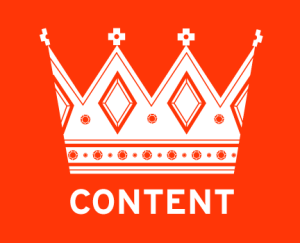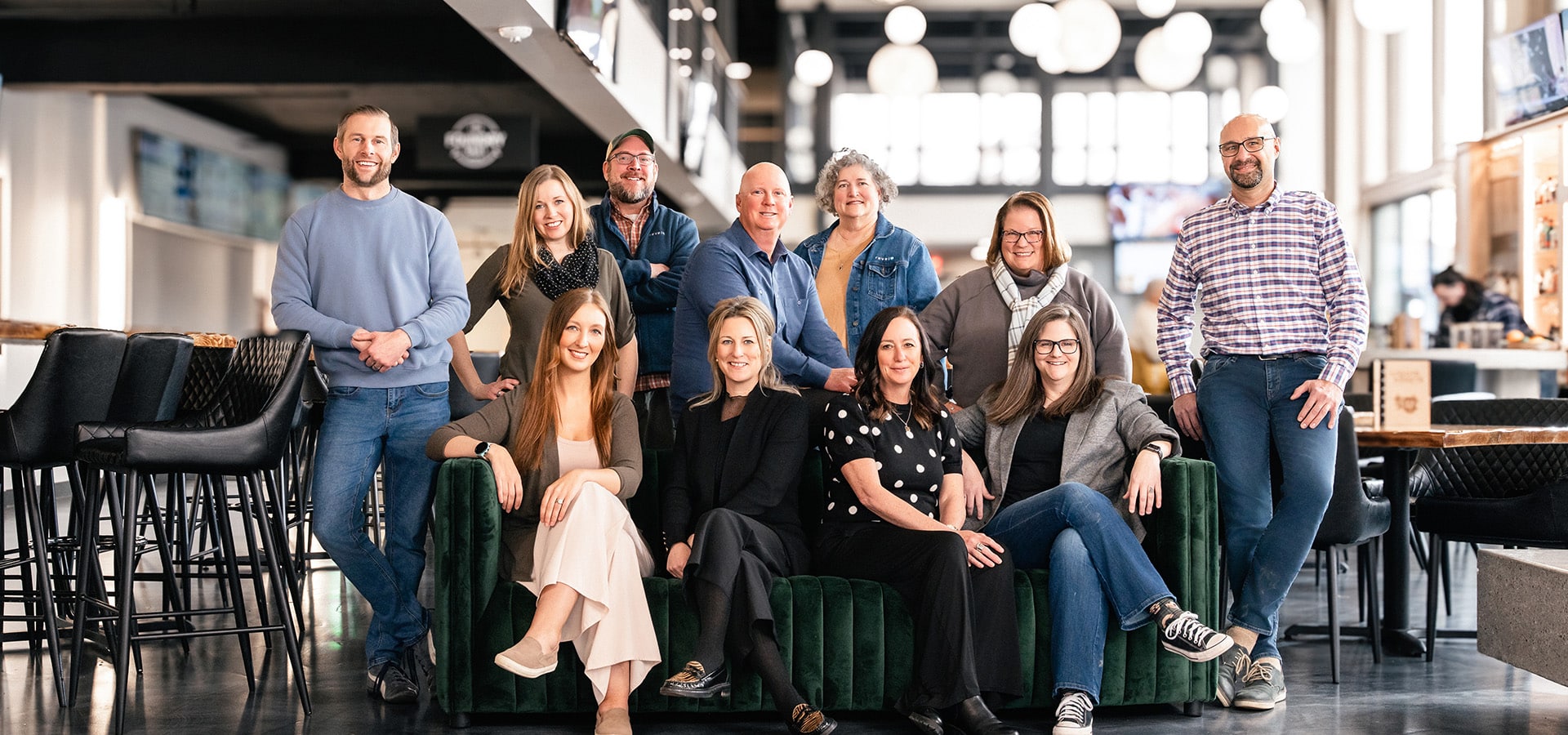For Part 4, we’re digging into a major aspect of creating that experience for your site’s visitors (and the only way to look like you know what you’re talking about): original content.
In the last part of this series, we went over the infinite importance of user experience, as well as some of the basic criteria for making a website truly a pleasure to use. Having regular, original content helps brings the whole puzzle together.
When someone visits your website, they are expecting to be informed, to be entertained, or both. No matter what, they are looking for something, and that message will likely be delivered by way of written copy, videos, images, or combinations of the three.
On the web, content is king. If there weren’t words to read, videos to watch, images to look at, and games to play, why would we even visit sites in the first place?
Ok, so you understand that you’re supposed to have content, but just any old content won’t do; it’s got to be dynamic, original, and relevant to your users.
The “original” part should be something of a no-brainer, but you’d be amazed at the amount of recycled copy that shows up around the web. Not only is this stuff frowned upon by the search engines for being “duplicate content,” but it also looks terrible if your users ever notice that it’s ripped off.
Your blog, your descriptions, your photo captions – these are all opportunities to establish the voice you want to put forward. Original content is how you present yourself, whether as an individual or as a company. It’s your opinions, your expertise, your interests … it’s YOU in written form.
The same goes for stock images. They aren’t necessarily going to hurt your search engine rankings, but they do look pretty hokey. The mildly savvy web user can spot a cheesy stock image from a mile away, and at the least, they’ll roll their eyes at another nondescript image of people shaking hands or looking “business-y.” It just looks plastic and disingenuous.
Instead, why not use some photos of your actual staff members? Or of your actual space? When you use this kind of original imagery, it helps your site visitors see the people behind a business or service and adds a little bit more authenticity to the whole experience. Just like origin al content, it’s actually YOU.
al content, it’s actually YOU.
For the content to be relevant, it simply needs to apply directly to the overall goal/message of your site and be timely enough to be immediately interesting to visitors. This might mean posts about current events or emerging technologies, but it might also be “evergreen” content that is universally applicable to your target audience. It should be content your userswant to consume.
But what about this “dynamic” stuff? What does that even mean? At the root, it means that the content adapts to the user (sounds kind of sci-fi, right?): Amazon’s suggested items, the “related article” features on news sites, and websites that remember past behavior. Go for anything that will add a personalized element to the experience. A dynamic site is the ultimate way to achieve relevancy because the content displayed is specifically catered to the individual user.
Sound complicated? Don’t worry, that’s why you’ve got us!
In the final part of this 5 part series, we’ll look at one of the web’s most misunderstood practices: SEO. We promise it’s not rocket surgery.












